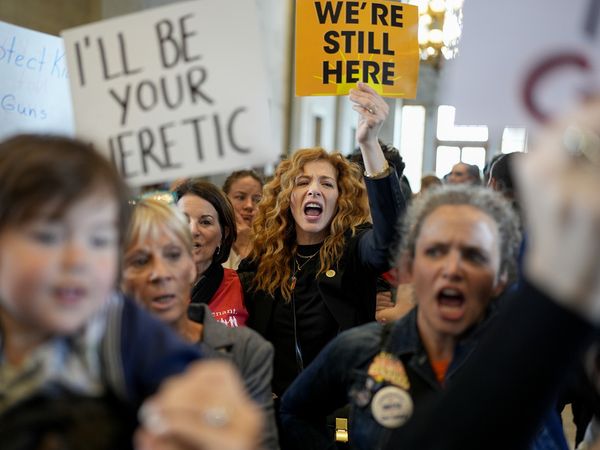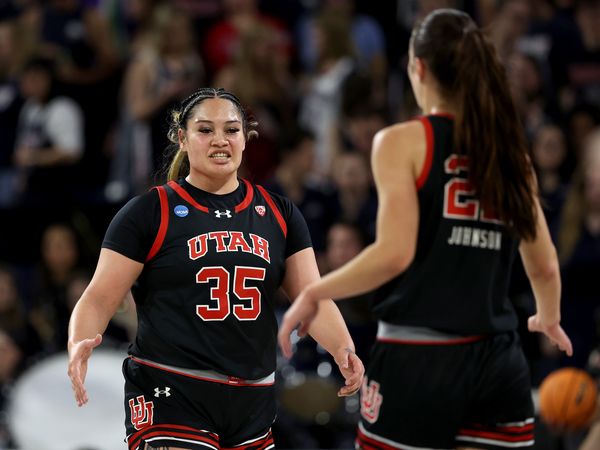
Ah, late April. The days are getting shorter, the air is crisper. But for Australians with large university debts, it’s also a time of dread, with the government soon increasing those with HECS and HELP debts via indexation.
For some of us, our student debts may be even larger than this time last year, despite our repayments. For someone with a fairly average student debt of $30,000, this year’s expected indexation rate of 4.7% will add an extra $1,410 to the total amount you’ll have to repay. The ABC has published a helpful calculator to help you work out the extra amount.
HECS and HELP haven’t always been controversial. The long arc of Australia’s student loans policy is a good example of the slow decay of social democracy in this country. Robert Menzies was never more a small-l liberal than in education policy. He ploughed federal funding into a significant expansion, founded new institutions and positioned the Liberal Party as believers in Cardinal Newman’s “idea of the university”. Whitlam abolished university fees altogether; for more than 15 years, university education was free.
It was Bob Hawke’s education minister, John Dawkins, who reintroduced student fees in the form of the Higher Education Contribution Scheme (HECS). Dawkins wanted to significantly expand higher education, enabling many more young people to go to university. He reshaped the sector, leading to forced mergers as the bigger universities took over smaller colleges of advanced education. University enrolments grew quickly. The technical term for the change in higher education studies is “massification”, the process of offering higher education on a mass scale to a large number of students. By the 2020s, more than half of Australian school-leavers went on to higher studies.
The idea for HECS came from a relatively junior staffer, an economist named Bruce Chapman. Chapman’s original model had, by contemporary standards, a remarkably light touch. The original contribution amount was just $1,800 a year, and it was the same for any degree, be it medicine or arts. Repayments would be recovered through the tax system, set at a modest amount, and would only begin when the student’s taxable income reached average earnings.
Guardian Australia’s Jane Lee and Matilda Boseley recently interviewed Chapman for their Who Screwed Millennials? podcast (the hint is in the title). Chapman told Boseley his idea had two main characteristics: no upfront fees, and income-contingent repayments.
Not charging anybody on enrolment, that was the critical point, and then, to make it really, really fair, make sure you don’t charge people unless they’re making okay amounts of money.
Fast forward to 2024 and the original HECS system has changed radically. Successive governments, mostly Liberal, have massively increased student fees and dramatically lowered the repayment threshold.
The changes implemented by former education minister Dan Tehan in his much-criticised Job Ready Graduates policy are particularly stark. Fees were hiked, especially for courses like arts and communications degrees. Someone studying an arts degree in 2020 was paying a little under $7,000 a year. In 2021 this went up to $14,500; it’s now above $15,000 a year.
Many students starting university this year will end up with student debts above $50,000 for a plain vanilla bachelor’s degree. Spare a thought for those who flunk out: these fees are still levied, even for students who don’t graduate.
These big fee hikes have quickly blown out total student debt. As the Australia Institute’s Greg Jericho and Jack Thrower have pointed out, the ramp-up in student debt in recent years has rapidly outstripped inflation.
“The ATO data shows that Australians in their 20s with a HECS/HELP debt in 2005-06 had an average debt of $12,557,” Jericho and Thrower write. By 2022-23, that figure was $30,763, an increase of 145%. “Australians on leaving university now have much higher levels of debt than did graduates 10 or 20 years ago (let alone those who graduated back in the early 1990s when HECS began).”
Repayments are accordingly much higher. They now begin when a taxpayer earns just $51,550, well below average full-time earnings. Repayment rates also ramp up quickly, imposing a nasty tax wedge. A taxpayer earning $80,000 a year will now pay an extra 4.5% on top of their ordinary taxation rate, someone earning $95,000 will now pay an extra 6%. For a middle-income earner, this is really quite a lot of extra tax.
And then there’s indexation. HECS and its successor programs, such as the Higher Education Loan Program (HELP), have always included indexation: a rise in the outstanding amount of debt in line with inflation. In times of low inflation, this wasn’t too onerous. But as consumer price inflation has exploded since 2022, indexation is starting to bite. Last year’s indexation was a swingeing 7.8%; this year’s is 4.8%.
Graduates with HECS/HELP shock explain the sudden groundswell of anger about the issue, especially among younger Australians. For graduates with big student debts, the indexation of recent years will easily wipe out the value of Treasurer Jim Chalmers’ tax cuts starting in July this year. Big student debts also impact discretionary spending and the borrowing capacity of first-home buyers seeking a mortgage.
Australia’s ballooning student debt problem is the product of 30 years of neoliberal economic policy, in which education was reconceptualised from a public good to a private benefit. As Tom Fiebig has noted, the effect of the escalation of student fees has meant “the more recent expansion of the university sector was not, in the most part, funded by government”, but rather “by students and their families, through HECS and full cost-recovery fees”.
We often see arguments trotted out about the unfairness of taxpayers who didn’t go to university subsiding affluent graduates. But the reality is simpler and more cynical: governments just don’t want to pay the full cost of higher education.
In line with the recommendations of Mary O’Kane's Universities Accord, Labor has signalled it will tweak the indexation rate to give graduates a little bit of relief. But no-one expects a wholesale reduction in university fees any time soon. Australia’s student debt problem will keep getting worse, unless Anthony Albanese and Education Minister Jason Clare are prepared to inject a significant amount of new public funding.
We’re a long way away from Robert Menzies’ 1939 speech on university policy, in which he defended “a so-called useless scholarship on the great grounds that it represents a sanity badly needed in an insane world”.







